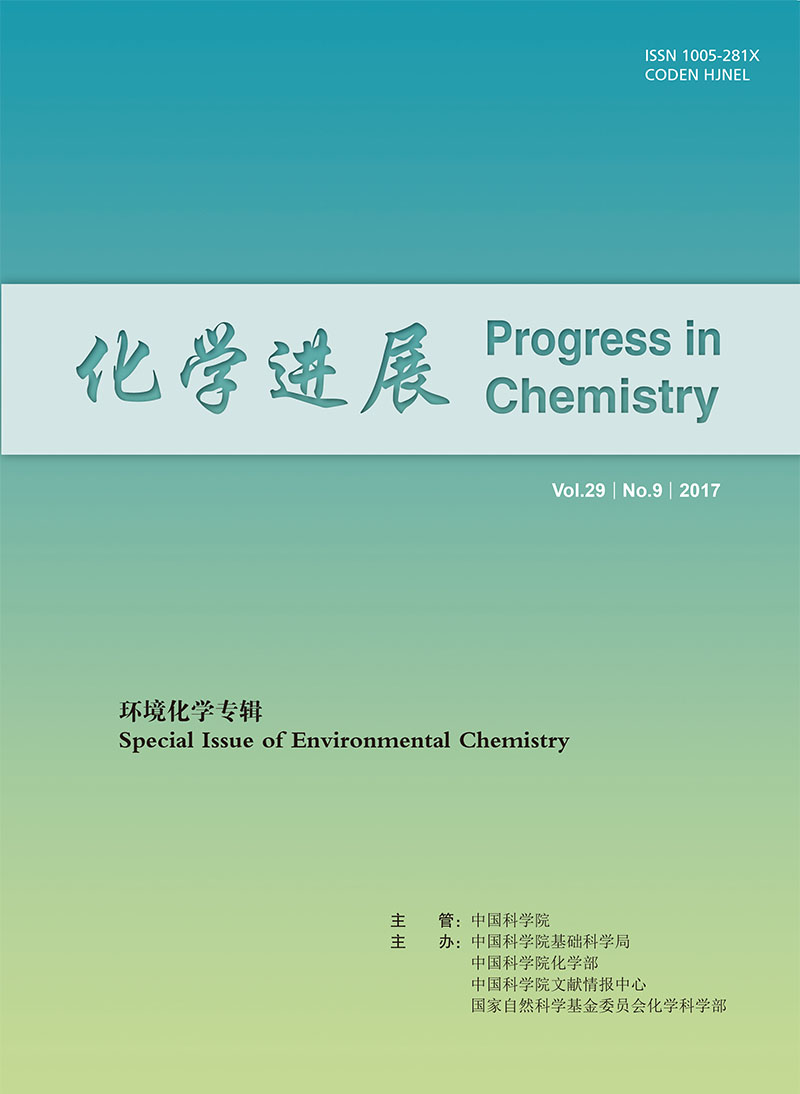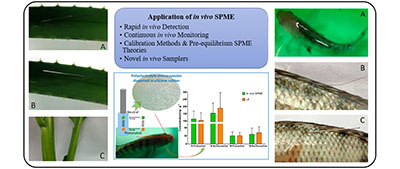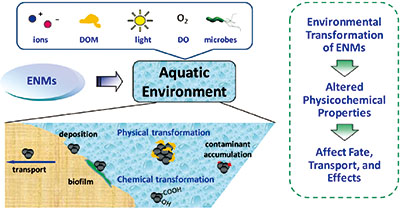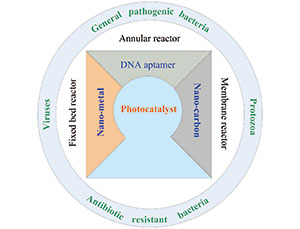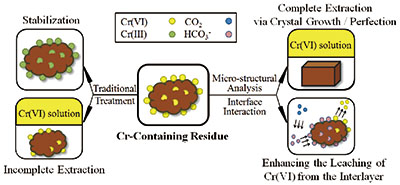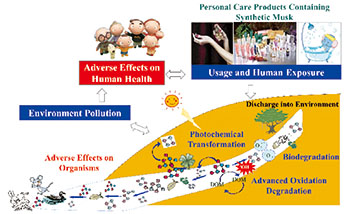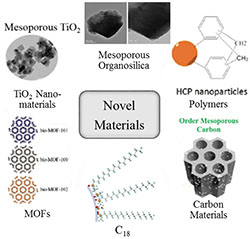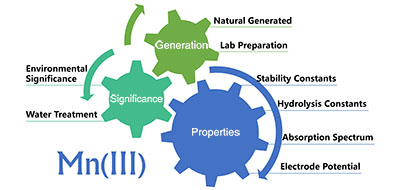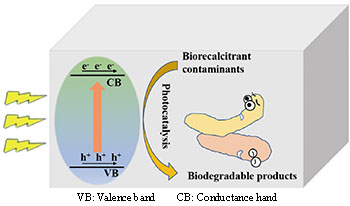Lijuan Jin, Baoliang Chen*. Natural Origins, Concentration Levels, and Formation Mechanisms of Organohalogens in the Environment[J]. Progress in Chemistry, 2017, 29(9): 1093-1114.
Abstract
Organohalogens are one of the most important pollutants in the environment, of which the environmental chemical behavior, control methods and health effects have aroused great concern around the world, but they are always considered as anthropogenic compounds, such as polychlorinated dibenzo-p-dioxins/dibenzofurans (PCDDs/Fs), polychlorinated biphenyls (PCBs), polybrominated diphenyl ethers (PBDEs), chlorophenols (CPs) and bromophenols (BPs). Currently, however more and more organohalogens are known to be produced naturally in the environment, and they are widely distributed in the environment, including marine, terrestrial, desert and polar region. Because of their high toxicity, persistence, bioaccumulation potential, and carcinogenicity, and sometimes even acting as environmental hormone substances, the majority of which have a bad effect on human causing mental and psychological harm, most of these pollutants are regulated in many countries. Moreover, natural organohalogens' origin, concentration level, formation mechanism and fate in environment are critical to correctly assess its environmental risk, as well as to set proper environmental standards and safe concentration threshold. As research of natural organohalogens is emerging rapidly all over the world, this review summarizes the marine, terrestrial and other sources of natural organohalogens, their physical and chemical properties, and concentration levels of some typical compounds. The formation mechanisms of biotic and abiotic pathways are highlighted. The transport and fate of natural organohalogens in the environment are discussed. Some general analytical methods are also mentioned in this review.The currently research trends and existing questions are prospected, and the formation molecular mechanisms and environmental transport behaviors of natural organohalogens are worthwhile studying.
Contents
1 Introduction
2 Natural origin of organohalogens
2.1 Marine source
2.2 Terrestrial source
2.3 Other source
3 Formation mechanism of natural organohalogens
3.1 Biotic mechanism
3.2 Abiotic mechanism
3.3 Influential factors
4 Concentration level of some typical natural organohalogens
5 Fate of transport and transformation in environment
6 General analytical methods
7 Conclusion




